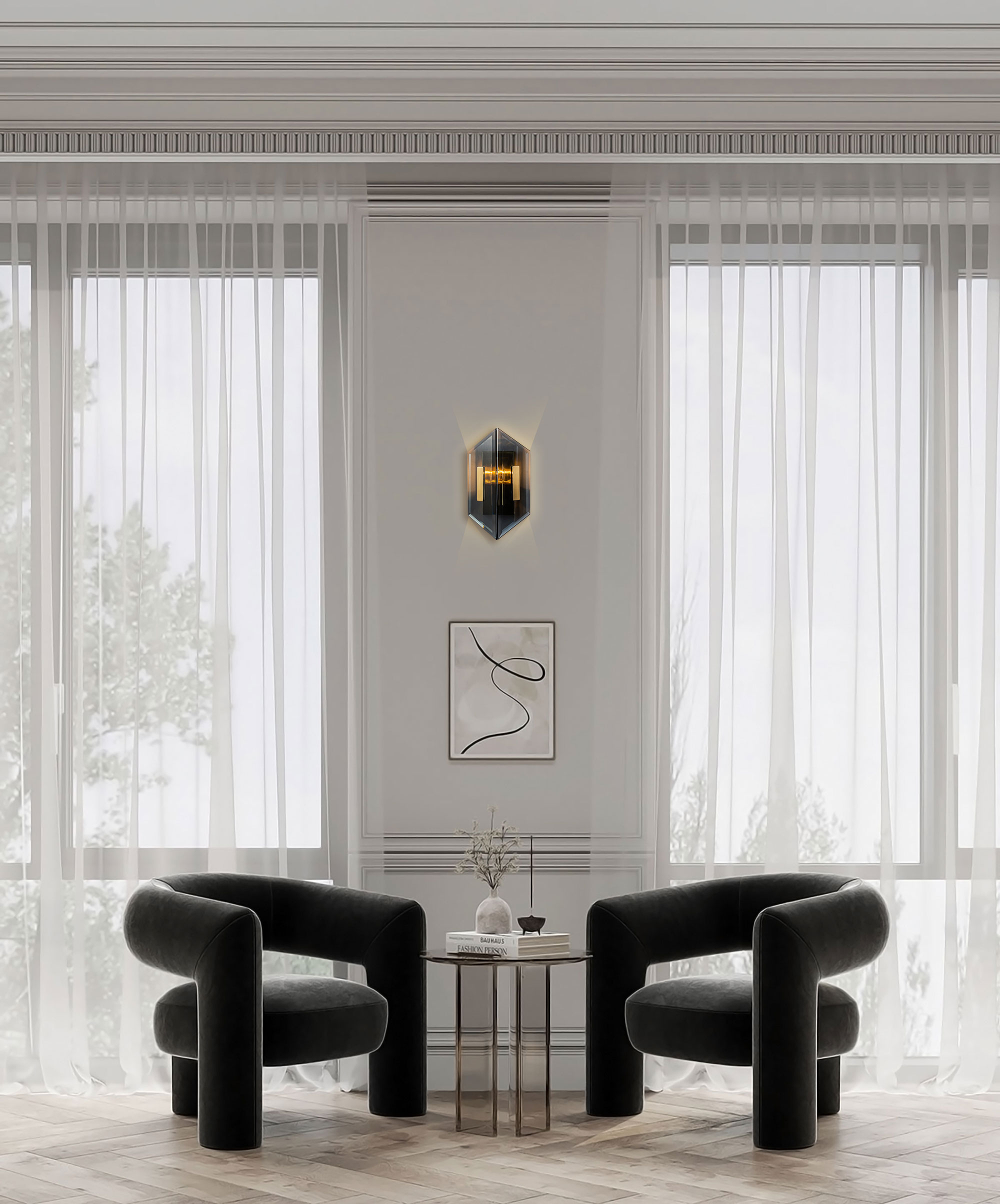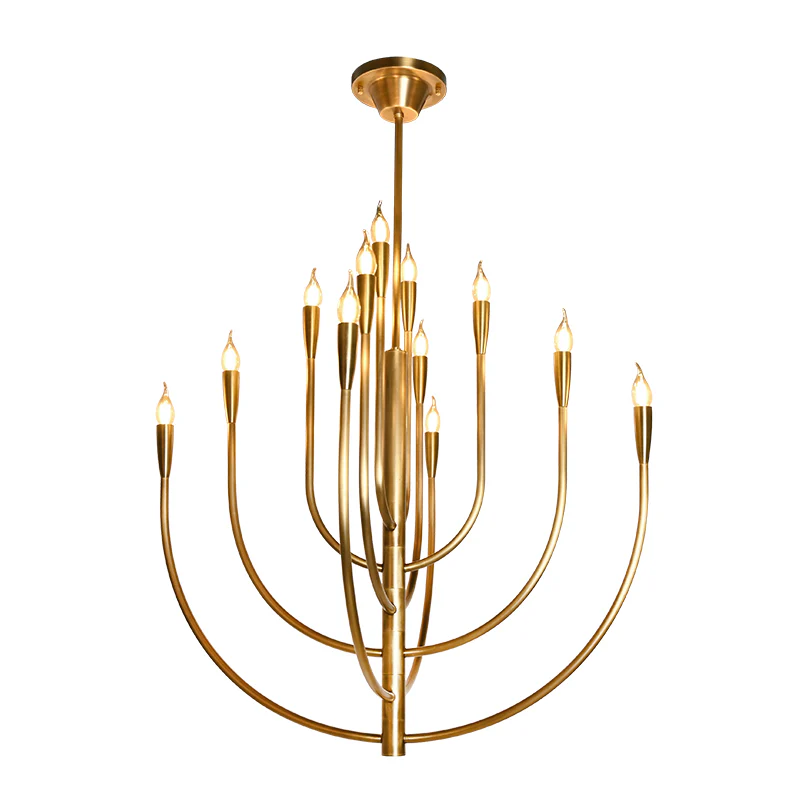Everything You Need to Know About LED Tube Lights: Benefits, Installation, and More
Everything You Need to Know About LED Tube Lights: Benefits, Installation, and More
Understanding LED Tube Lights
As the world continues to prioritize energy efficiency and sustainability, LED tube lights have emerged as a popular lighting solution for both residential and commercial applications. This article will delve into the advantages of LED tube lights, their installation process, cost-effectiveness, and how they compare to traditional fluorescent lights. We will also explore frequently asked questions related to LED tube lights, providing you with an all-encompassing understanding of this innovative technology.
What are LED Tube Lights?
LED tube lights are linear lighting fixtures that utilize Light Emitting Diodes (LEDs) as their primary light source. Available in various lengths and color temperatures, they are designed to replace traditional fluorescent tube lights, offering a more energy-efficient and longer-lasting alternative.
Why Choose LED Tube Lights?
LED tube lights come with a myriad of benefits that make them a compelling choice for lighting solutions:
- Energy Efficiency: LED Lights consume up to 75% less energy than their fluorescent counterparts, and they convert 95% of their energy into light.
- Longevity: With a lifespan of 15,000 to 50,000 hours, LED tube lights outlast traditional bulbs, reducing replacement costs and maintenance efforts.
- Low Heat Emission: Unlike fluorescent lights that emit substantial heat, LED Lights remain cool to the touch, reducing air conditioning costs.
- Environmentally Friendly: LED tube lights do not contain hazardous materials such as mercury, making them safer for the environment.
- Variety: Available in different lengths, shape designs, and color temperatures, they can fit any aesthetic or functional requirement.
Installation of LED Tube Lights
Installing LED tube lights is typically straightforward, especially if you’re replacing old fluorescent tubes. However, it's essential to follow proper procedures to ensure safety and efficiency.
Steps to Install LED Tube Lights
| Step | Description |
| 1 | Turn Off Power: Before starting the installation, ensure that the power to the lighting fixture is turned off. |
| 2 | Remove Existing Tubes: Carefully remove the old fluorescent tubes from the fixture. |
| 3 | Install LED Tube: Insert the new LED tube into the existing fixture. For type B tubes, you may need to rewire the fixture or remove the ballast. |
| 4 | Secure Everything: Ensure that everything is securely in place before turning the power back on. |
| 5 | Test the Lights: Turn on the power to check if the LED tube lights illuminate properly. |
Costs Associated with LED Tube Lights
When considering LED tube lights for your space, it's crucial to understand the costs involved. While the initial price for LED tubes might be higher than traditional fluorescent tubes, the energy savings and long lifespan significantly offset the expense over time.
Cost Breakdown
The cost of LED tube lights can vary depending on factors such as brand, length, and features. Generally, prices can range from $10 to $50 per tube. It's recommended to compare various products and look for energy-saving models to maximize your investment.

LED Tube Lights vs. Fluorescent Lights
While LED tube lights and fluorescent lights serve the same primary function of providing illumination, they differ in several key aspects:
| Feature | LED Tube Lights | Fluorescent Lights |
| Energy Consumption | 75% less | Standard energy usage |
| Average Lifespan | 15,000 - 50,000 hours | 7,000 - 15,000 hours |
| Heat Emission | Minimal | High |
| Environmental Impact | No mercury | Contains mercury |
Frequently Asked Questions About LED Tube Lights
1. Are LED tube lights dimmable?
Some LED tube lights are designed to be dimmable. However, ensure that both the LED tube and the dimmer switch are compatible.
2. How do I choose the right color temperature?
Color temperature is measured in Kelvins (K). A warm white light (around 2700K) is ideal for residential spaces, while cool white (about 4000K) and daylight (5000K - 6500K) are better suited for commercial applications.
3. Can I use LED tube lights in enclosed fixtures?
Not all LED tube lights are rated for enclosed spaces. Always check packaging or consult the manufacturer to ensure the specific tube is suitable for enclosed fixtures.
Conclusion
In summary, LED tube lights are a technologically advanced solution that addresses the environmental impact, energy consumption, and maintenance associated with traditional lighting options. Understanding the benefits, installation procedures, and costs associated with LED tube lights can help you make an informed decision for your home or business.
As you explore the world of LED Lighting, consider factors such as energy savings, longevity, and compatibility with your existing fixtures. Making the switch not only contributes to a greener planet but also enhances the quality of light in your space.
By adopting LED technology, you are not only investing in your own space but also supporting a more sustainable future. If you're considering making the switch, take the leap towards a brighter, greener world.
